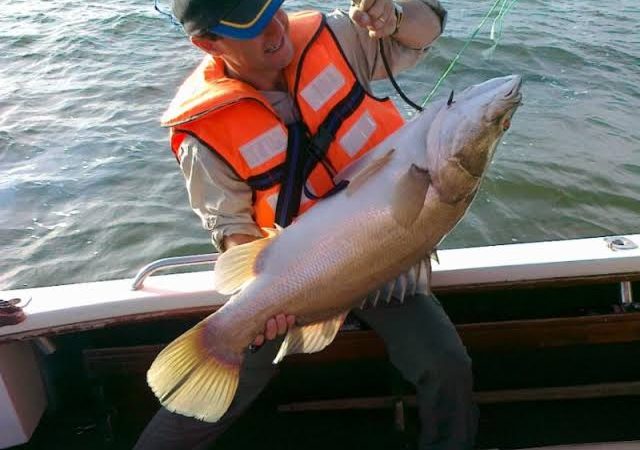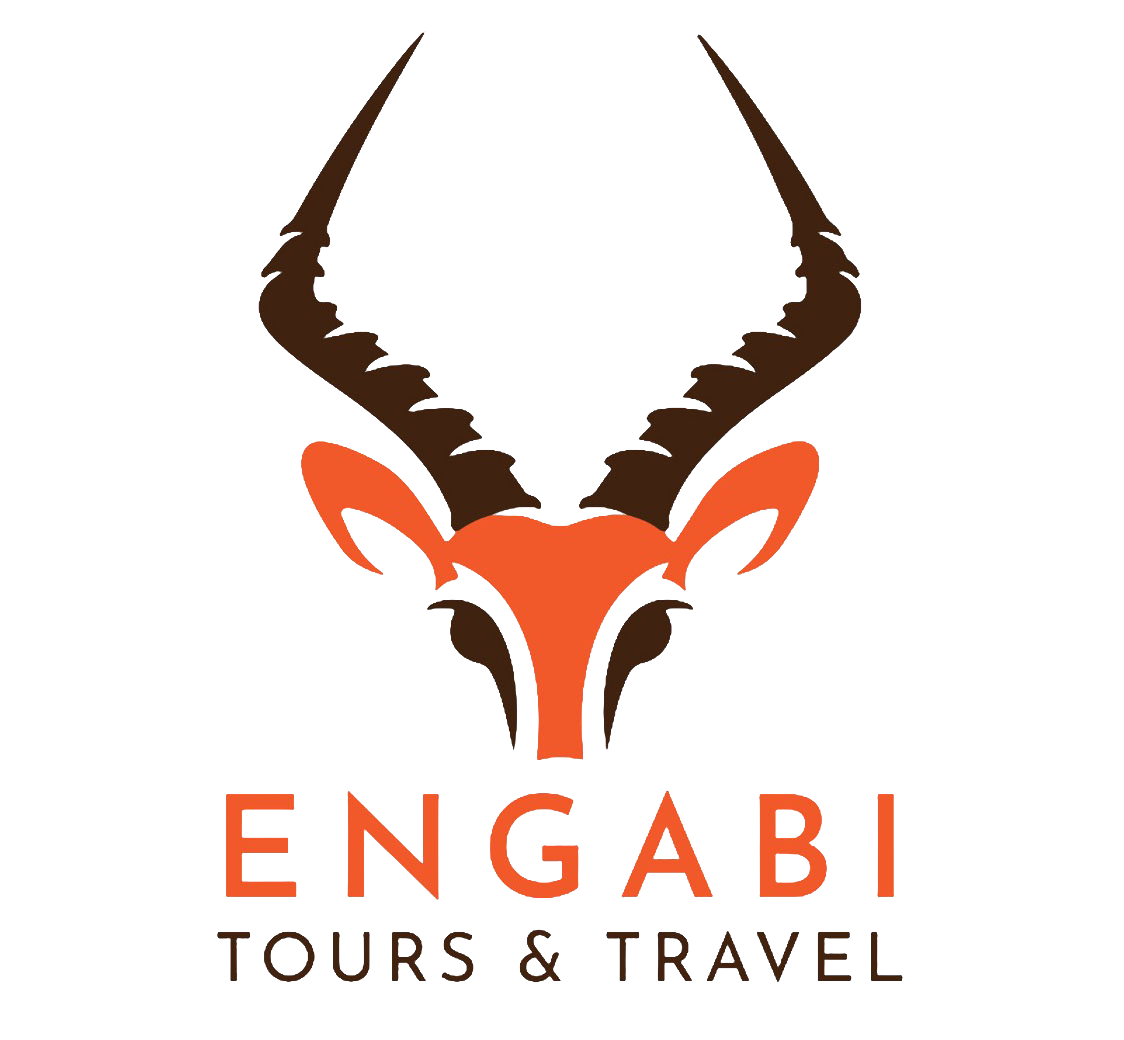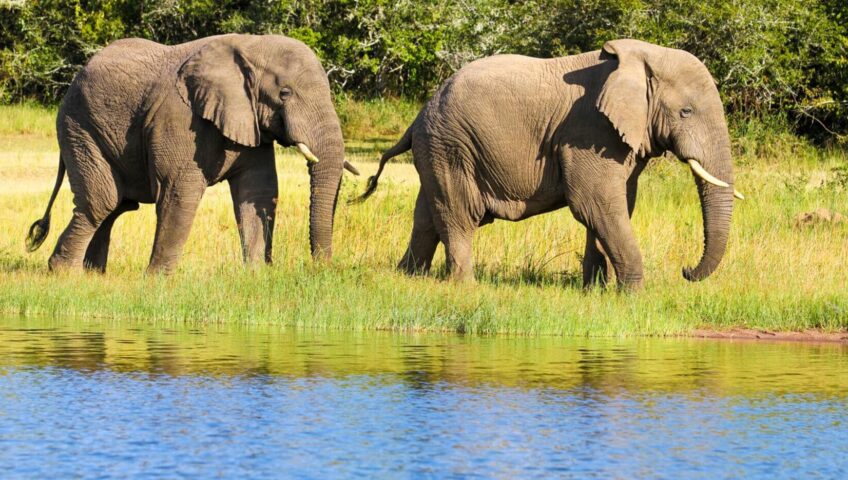One of the national parks that Rwanda is happy to claim as her own is Akagera National Park. The national park is the only place in Rwanda where people may observe the Big Five, as well as the only refuge for savannah animals in the nation.
In the northeastern region of Rwanda, in the Kayonza district, is where you’ll find Akagera National Park. It has a radius of 1,122 square kilometers, making it Rwanda’s biggest national park. Following a cooperation between the Rwanda Development Board and African Parks, an NGO that oversees other national parks on the African Continent, in 2010, the national park is now run by the Akagera Management Company.
The River Kagera, which runs through the national park, gave it its name. Visitors enter the national park through the Kayonza district’s southern gate of Akagera Park, however they only leave the park through the northern gate, which is located in Akagera. The district of Nyagatare is home to the park’s northern gate.
The Belgian colonial administration first established Akagera Park in Rwanda in 1934 to safeguard the park’s surviving threatened wildlife species. The national park used to be 2,500 square kilometers in size, but once Rwandan refugees who had fled the 1994 Rwandan Genocide returned, the majority of the park was destroyed.
The park once served as a haven for a variety of wild animals, including lions, savannah elephants, buffalo, rhinoceroses, and wild dogs. Due to the abundance of wild dogs in Akagera Park, it was formerly known as the “Park of Lycanos” or, more precisely, “Parc aux Lycanos” in French. The last of the species were spotted in the park in 1984, but the majority of these wild canines perished in the park due to an infection.
Over 50 black rhinos were residing in Akagera Park in the 1970s after being moved there from Tanzania. However, most of these rhinos were killed in the years after the 1994 Rwandan Genocide, to the point where the rhino species went extinct in the national park. After the genocide, a sizable number of refugees from Rwanda went back home and made their way to the national park. Due to this, a sizable section of the park’s woods were felled for their lumber, wildlife was hunted for their bush meat, and the savannah woodlands of the park were converted into cattle grazing areas.
Over 25% of the Akagera national park’s woodlands were destroyed by ongoing poaching and land expansion, and the last rhinos were last seen there in 2007. Up until July 2015, when seven lions were moved from the South African Phinda Private Game reserve, there were over 300 lions living in Akagera at one time, but years of hunting caused the extinction of the species. An NGO in South Africa named And Beyond gave the five lionesses to Akagera Park in Rwanda. Later, Tembe Elephant Park in KwaZulu-Natal, South Africa, donated two male lions to Akagera. After a period of 15 years, lions were successfully reintroduced to Akagera National Park as part of this conservation effort.
18 black eastern rhinoceroses were moved from South Africa to Rwanda’s Akagera National Park in May 2017. In this 2,485-mile translocation, which took place after a 10-year hiatus, rhinos were brought back into the national park. This was a significant accomplishment for the Akagera National Park staff and conservationists, made possible by a partnership between the Rwanda Development Board, African Parks, and the Howard Buffet Foundation.
Akagera Rwanda Park activities.
Visitors to Akagera National Park can engage in activities like;
Game Drives in Akagera National Park.
Any traveler who wants to see Rwanda’s wildlife, notably the Big Five mammals, should go to Akagera National Park. Over 8,000 large game species, including elephants, lions, rhinoceroses, leopards, and buffaloes, can be found in the national park. A variety of animals can be seen by visitors to the national park, including the Burchell’s zebra, giraffes, antelopes, impala, topi, Sitatunga, jackals, and hyenas.
One of the pleasures of any Rwanda safari is seeing the Big Five in Akagera Rwanda Park. The park offers both daytime and nighttime guided game drives, with the latter providing an opportunity for tourists to see nocturnal wildlife like leopards, lions, civets, hyenas, bush babies, and serval cats, to name a few.
A few night birds, such Owls, can also be seen by visitors to Akagera National Park. The cost of a night game drive in the park is USD $40 per person and they last between one and two hours. The cost of a day’s worth of guided game drives is USD 30 per person, and they are offered in the early and late hours.
Boat Trips in Akagera.
A boat tour on Lake Ihema, famous for its remarkable populations of hippos, crocodiles, and numerous water birds, is available to visitors to Akagera Rwanda Park. Any person who like birds must engage in this pastime. Four boat cruises are offered each day at 7:30 am, 9 am, 3 pm, and 4:30 pm at Akagera National Park. Visitors who want to take private boat journeys on the lake can also take advantage of non-scheduled boat trips that are offered in the park. On a boat tour in Akagera, visitors can see a variety of bird species, including the endangered Shoebill stock. The park charges USD 35 for the morning boat tour and USD 45 for the evening/sunset boat excursion for booked boat cruises. However, for a price of USD $40, the park also provides private boat tours; these launch trips are not scheduled.
Birding:
Over 750 different bird species can be found at Akagera National Park, including marabou stocks, egrets, crowned cranes, and herons. This national park is a great place for birdwatchers to visit while on safari.
Fishing in Akagera National Park:
Fishing is frequently done on Lake Shakani in Akagera National Park, which is well-known for its variety of fish species, particularly tilapia and catfish. Visitors can unwind and go fishing on the lakeshores, then prepare their catch at their campground over an open fire. The cost of fishing in Akagera is $25 for adults and $15 for youngsters aged 6 to 12. Visitors must, however, bring their own fishing gear.

Guided Nature Walks:
Visitors interested in nature walks at Akagera Park can do so under the guidance of a knowledgeable park ranger. View the many plant, bug, and bird species in Akagera National Park when out on a stroll.
Behind the Scenes in Akagera national park.
Now, tourists who visit Akagera National area can gain insight into the operations involved in managing the area. The “behind the scenes” tour of Akagera takes guests into the park’s administrative building, where you can get to know the employees and find out about fascinating conservation initiatives taking place in the park. In Akagera, a behind-the-scenes tour costs USD 25 per person for a minimum of four persons and USD 15 for kids between the ages of 6 and 12. For a group of up to 8 people, the charge is USD 180. A maximum of one and a half hours are allotted for this tour.
The Akagera National Park also provides camping, line walks, and visits to local cultural institutions.
Best time to visit Akagera National Park.
If you’re thinking about visiting Rwanda’s Akagera National Park, the best months to go are between December and February and June and September, which are the park’s primarily dry months. The national park’s grass is short at this time of year, which makes it much simpler to see wildlife. Additionally, in selected regions of the national park, wildlife typically congregates near water sources, which makes it much simpler for tourists to see wildlife. Additionally, the roads in the area are not muddy at this time of year, making it simple for people to get throughout the park.
Accommodation in the park.
Accommodations can be found in places like Akagera Game Lodge, Magashi Safari Camp, Karenge Bush Camp, and Ruzizi Tented Camp, to name a few, for visitors who prefer to stay longer in Akagera National Park.
How to reach the Park.
From Kigali City, one can go by road to Akagera National Park. It takes about 2.5 hours to go the 110 kilometres from Kigali. The roads leading to and within the national park are characterized by murrum or, rather, dirt roads, so tourists are encouraged to rent 4×4-wheel drive cars for your safari. Visitors also have the option of hiring a helicopter to get them to the national park. Charter flights are available from Akagera Aviation to the park.
For any person who wants to discover the virgin savannah lands in the national park and wildlife animals in the nation, Akagera National Park in Rwanda is the best spot to be.


